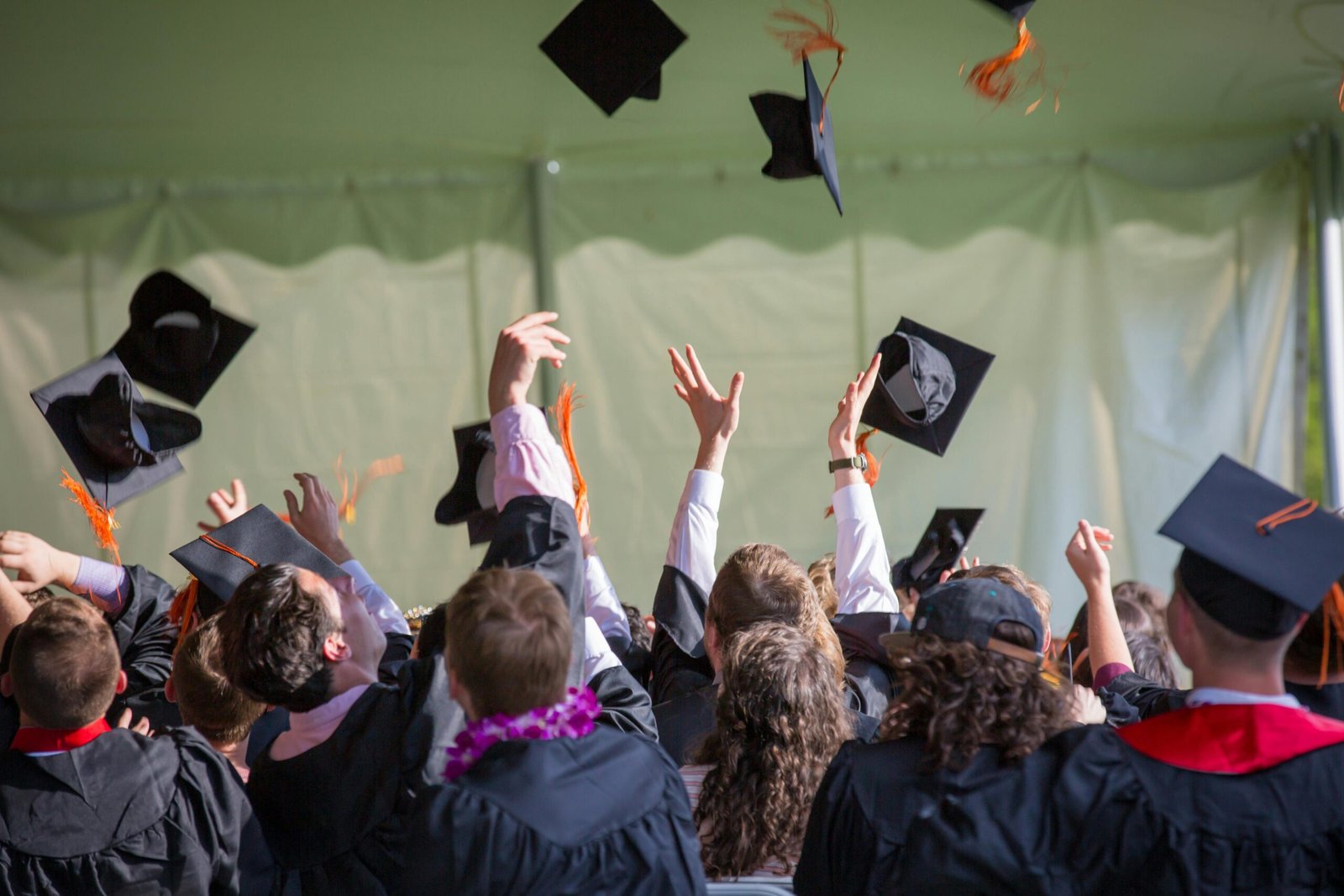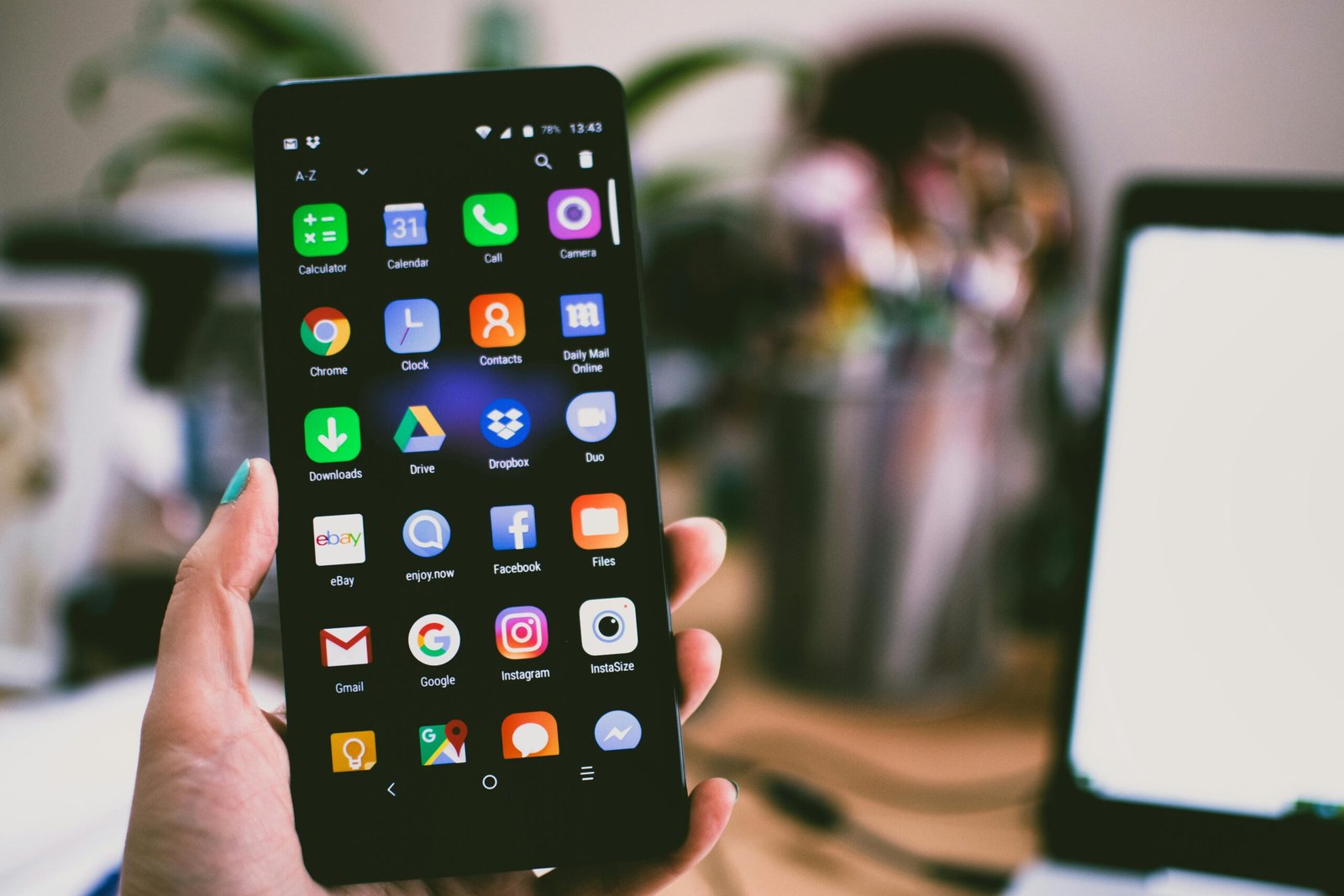Augmented Reality (AR) has the potential to transform education as we know it, creating immersive and interactive learning experiences that go far beyond traditional textbooks and classroom activities. Imagine being able to hold a 3D model of the solar system in your hand, explore ancient civilizations, or interact with historical events in real-time—all with just your smartphone, tablet, or AR glasses. In 2025, AR will become an integral tool for educators, students, and learners of all ages.
In this article, we’ll dive into how AR is reshaping education and how both teachers and students can take advantage of this exciting technology to enhance learning.
1. What is Augmented Reality (AR)?
Before we explore how AR is used in education, let’s clarify what augmented reality actually is. Augmented reality is a technology that overlays digital information (such as images, sounds, or other sensory stimuli) onto the real world, typically through a device like a smartphone, tablet, or AR glasses. Unlike Virtual Reality (VR), which immerses users in a completely virtual environment, AR enhances what you see in the real world, blending it with digital elements.
For example, when using AR in education, a student might hold up a device to view a virtual model of the human heart floating above a real-life textbook, or walk through a timeline of historical events as they occur in the classroom.
2. Why is AR Important in Education?
The importance of AR in education lies in its ability to enhance student engagement, foster deeper understanding, and bring abstract concepts to life. Unlike traditional methods, which often rely heavily on memorization, AR offers dynamic and interactive experiences that help learners actively participate in their education.
Here are some ways AR is revolutionizing the educational experience:
- Engaging Visual Learning: AR brings abstract or complex topics into the physical space, making them easier to understand and interact with.
- Increased Student Engagement: AR can make learning fun and interactive, encouraging students to explore, ask questions, and be more engaged in lessons.
- Personalized Learning: With AR, learners can progress at their own pace and revisit content as needed, offering a more customized approach to education.
- Improved Retention: Studies have shown that interactive, hands-on learning methods (such as those enabled by AR) improve knowledge retention and critical thinking skills.
3. How to Use AR for STEM Education
STEM (Science, Technology, Engineering, and Mathematics) subjects are a perfect fit for AR, as the technology allows students to visualize and interact with complex scientific concepts and phenomena.
Examples of AR in STEM Education:
- Interactive 3D Models: Instead of reading about molecules, students can use AR to see and manipulate 3D models of atoms, chemical reactions, or even the human body. This helps them understand spatial relationships and dynamic processes.
- Virtual Labs: AR can simulate experiments or laboratory setups that might be too expensive, dangerous, or impractical in a real classroom setting. Students can perform virtual experiments on chemical reactions, physics principles, or biological processes.
- Astronomy Exploration: AR apps allow students to point their devices toward the sky and see constellations, planets, and galaxies overlaid with labels and interactive information, making the subject of astronomy more accessible and engaging.
By incorporating AR into STEM subjects, educators can provide a richer, more hands-on learning experience that allows students to explore complex topics with greater ease.
4. Using AR for History and Social Studies
Imagine stepping into ancient Rome, walking the streets of Pompeii, or witnessing a pivotal moment in the American Revolution—all without leaving the classroom. AR is a game-changer when it comes to history and social studies education, helping students visualize historical events and understand the cultural context of different time periods.
Examples of AR in History and Social Studies:
- Historical Reenactments: AR can bring historical events to life, allowing students to witness historical moments firsthand. For example, students could experience the signing of the Declaration of Independence or the construction of the Great Wall of China.
- Interactive Timelines: Students can use AR to explore timelines of major historical events, viewing key milestones in 3D and interacting with virtual exhibits that provide deeper context.
- Cultural Exploration: AR can transport students to different parts of the world, allowing them to explore landmarks, cities, and cultural artifacts virtually. This is especially valuable for students who may not have the opportunity to travel or visit museums in person.
By offering immersive historical experiences, AR helps students connect with the past in a more personal and impactful way.
5. AR in Language Learning
Learning a new language can be challenging, but AR makes the process interactive, dynamic, and fun. Instead of memorizing vocabulary and grammar rules through textbooks, students can immerse themselves in real-world scenarios where they can practice their new language skills.
Examples of AR in Language Learning:
- AR Flashcards: Students can point their devices at a flashcard, and AR could show the word in the target language with an interactive animation that helps them understand the meaning and pronunciation.
- Interactive Conversations: Some AR apps use AI to simulate real-world conversations, allowing students to practice speaking in the new language with virtual characters that respond naturally.
- Cultural Immersion: AR can place students in culturally rich environments, like a French café or a Spanish market, where they can practice their language skills in context.
AR makes language learning more interactive and less intimidating, encouraging students to practice speaking, listening, and reading in a more engaging way.
6. AR for Geography and Environmental Studies
Geography and environmental science can also benefit from AR technology, as it provides an interactive way to explore the planet’s geography, climate systems, and environmental issues.
Examples of AR in Geography and Environmental Education:
- Interactive Maps: Students can use AR to explore 3D maps of continents, countries, or specific geographic features like mountain ranges, oceans, and rivers. They can even zoom in on individual landmarks and learn about their geographical importance.
- Virtual Ecosystems: AR can simulate different ecosystems, such as rainforests, deserts, and oceans, allowing students to explore the flora and fauna in these environments without leaving the classroom.
- Climate Change Awareness: AR can visualize the effects of climate change on real-world environments, helping students understand complex issues like rising sea levels, deforestation, and the impact of human activity on the environment.
These interactive experiences make geography and environmental studies more relatable and easier to understand, encouraging students to engage with important global issues.
7. AR in Art and Design Education
Art and design education can also benefit from AR, offering students new ways to create, visualize, and critique art. AR technology allows for the creation of virtual art galleries, design studios, and even interactive exhibitions that can inspire students to think outside the box.
Examples of AR in Art and Design:
- 3D Art Creation: Students can use AR apps to create 3D models of their artwork, seeing their designs come to life in virtual space. This allows for an enhanced creative process, where students can manipulate and alter their designs in real time.
- Virtual Art Galleries: AR can bring art history to life by allowing students to step inside virtual art galleries, where they can view famous paintings and sculptures up close, even interacting with them to understand their composition, texture, and context.
- Design Visualization: In design classes, AR allows students to visualize their projects in the real world before they create them. For example, students designing furniture or products can see their designs in 3D within the actual room or space they are designing for.
AR makes art and design more hands-on, allowing students to experiment, iterate, and understand the creative process in a more interactive and dynamic way.
8. How to Implement AR in the Classroom
Implementing AR in the classroom doesn’t have to be difficult. In fact, there are a variety of tools and resources available that make it easy for educators to incorporate AR into their lessons, even without a lot of technical expertise.
Steps to Get Started with AR in Education:
- Select the Right Tools and Apps: There are a wide range of AR apps and platforms designed specifically for education, such as Google Expeditions, Quiver, and Merge Cube. Explore these apps and find ones that align with your curriculum.
- Integrate AR into Lesson Plans: Start small by incorporating AR into existing lesson plans. For example, if you’re teaching biology, you can use AR to show a 3D model of the human body. If you’re teaching history, try using AR to bring historical events to life.
- Train Students and Teachers: While AR is intuitive for many students, teachers may need some training to fully integrate it into the classroom. Encourage both students and teachers to experiment with the technology and explore its capabilities.
- Create AR Content: Teachers can also create their own AR experiences, such as interactive quizzes or virtual field trips. Apps like AR Maker or ThingLink allow educators to design custom AR content for their students.
With the right tools and a bit of creativity, teachers can bring AR into the classroom in exciting and effective ways.
9. Challenges of AR in Education
While AR has great potential, there are still challenges that need to be addressed in order to make it a widespread tool in education.
Challenges to Consider:
- Cost and Accessibility: The technology needed to run AR apps, such as smartphones or AR glasses, may not be available to all schools or students, especially in underfunded districts.
- Tech Integration: Not all schools have the infrastructure or technical expertise to seamlessly integrate AR into the curriculum.
- Distraction and Overuse: Like any technology, AR can become a distraction if not used thoughtfully. It’s important for educators to balance AR with traditional teaching methods and ensure it enhances learning rather than detracting from it.
Conclusion: The Future of Education is Augmented
AR is poised to revolutionize the way we learn, offering students and teachers the ability to explore, interact with, and understand the world in entirely new ways. From STEM and history to language learning and art, AR provides endless opportunities for immersive, hands-on education that engages students and enhances their learning experience.
As AR technology continues to evolve, we can expect even more exciting developments that will push the boundaries of education and make learning more interactive, dynamic, and accessible for everyone.
FAQs
1. Do I need expensive equipment to use AR in education?
Not necessarily. While some advanced AR experiences require specialized hardware, many AR apps can be accessed through smartphones and tablets, which are more affordable and widely available.
2. How can AR help students with learning disabilities?
AR can provide multimodal learning experiences, offering visual, auditory, and interactive elements that may better support students with different learning needs. For example, students with dyslexia might benefit from visual aids and interactive text.
3. Are there any free AR apps for education?
Yes, there are several free AR apps available for educational purposes, such as Google Expeditions, Quiver, and Merge Cube. Many apps offer free content with additional premium options for more advanced features.
4. Can AR be used for group learning?
Absolutely! AR can enhance group learning by allowing students to collaborate on projects, explore virtual worlds together, and share their discoveries in real-time. This fosters teamwork and collective problem-solving.
5. What subjects can benefit from AR in education?
Almost any subject can benefit from AR. STEM, history, geography, language learning, and art education are just a few examples. AR’s interactive nature makes it adaptable for virtually all areas of study.



